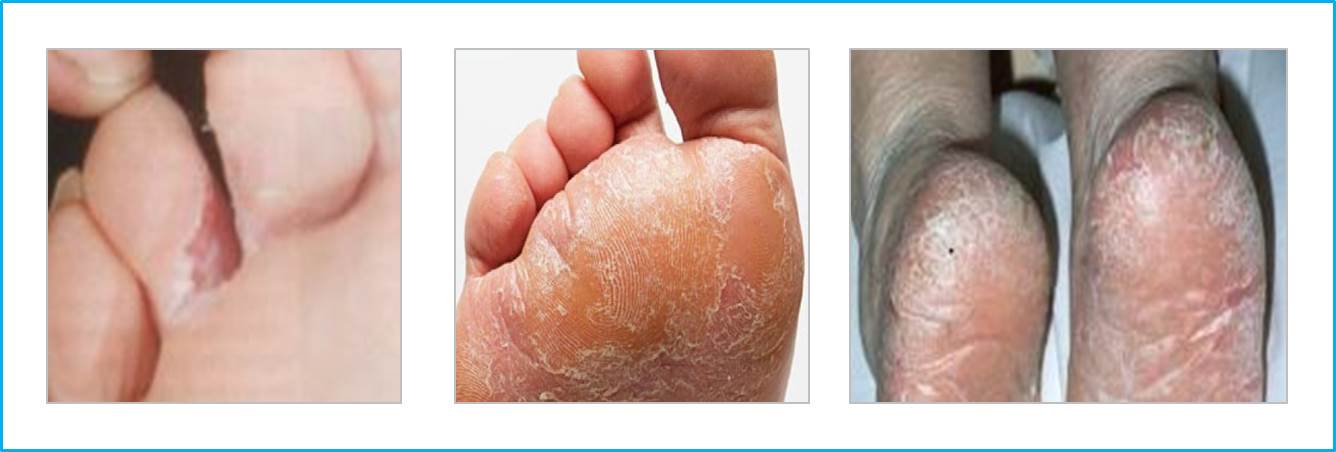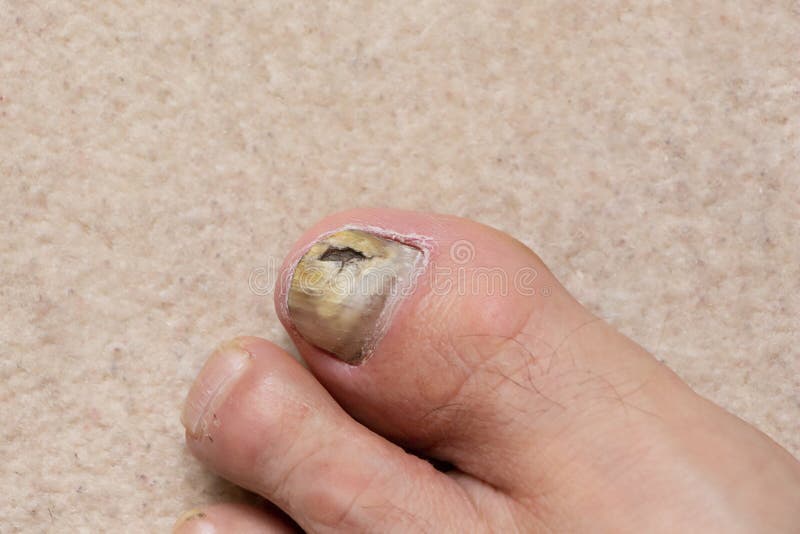

If it’s left untreated, it can spread to other areas of your body, including your: What will happen if athlete’s foot is left untreated?Īthlete’s foot doesn’t typically go away on its own. You can get athlete’s foot by sharing towels, socks or shoes with someone who has athlete’s foot. It can also spread through contact with an infected surface. It spreads in areas used by large groups of people, like locker rooms, swimming pools and saunas. How do I get athlete’s foot?Īthlete’s foot commonly spreads through skin-to-skin contact or contact with a flake of skin. This is the perfect environment for athlete’s foot to grow. People often wear socks and tight shoes every day, which keep their feet warm and moist. Fungi (plural form of fungus) need warm temperatures and moisture to grow.

It’s a fungus that grows on or in your skin. Is athlete’s foot contagious?Īthlete’s foot is contagious. Several different species of fungi cause athlete’s foot. Open sores may also appear on the bottom of your feet. Open sores (ulcers) often appear between your toes. Ulcerative infection: An ulcerative infection is the rarest type of athlete’s foot.A vesicular-type infection features bumps or fluid-filled blisters (vesicles). Vesicular-type infection: A vesicular-type infection typically affects the bottom of your feet, but it may appear anywhere on them.They can thicken, break into small pieces and fall out. In rare cases, your toenails may get infected.
#Tiny balls that itch on feet skin#
Then, the skin on the bottom of your feet thickens and cracks.
#Tiny balls that itch on feet cracked#
With this infection, your skin may become scaly and cracked or develop blisters. Athlete’s foot is most common between your toes, but it can also affect the tops of your feet, the soles of your feet and your heels. Athlete’s foot causes an itchy, stinging, burning rash on the skin on one or both of your feet. Tinea is another name for ringworm, and pedis means foot or feet. Tinea pedis is another name for athlete’s foot. Athlete's foot on the bottoms of toes What is athlete’s foot?Īthlete’s foot is a common fungal (caused by a fungus) infection.


 0 kommentar(er)
0 kommentar(er)
